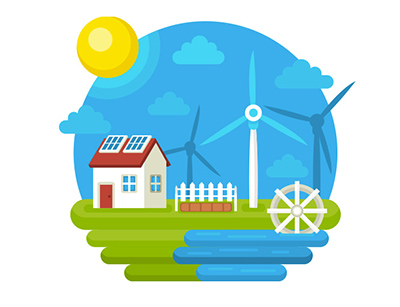
August 25, 2022
Most of India’s renewable energy mix was contributed by wind power, which accounted for 37.7%
2.65 GW of wind/solar hybrid (WSH) tenders were awarded by the Solar Energy Corporation of India (SECI)
Contracts for wind-solar hybrid projects have grown from both corporate and distribution companies (DISCOMs) tie-ups
India's position as a major supplier of wind equipment has been strengthened by the export of larger turbines and the entrance of new suppliers into the local supply market

India could add an additional 23.7 GW of clean energy capacity by 2027 if the necessary enabling policies, facilitative instruments, and the right institutional interventions are effectively set up, according to a report from the Global Wind Energy Council and MEC intelligence.
Most of India’s renewable energy mix was contributed by wind power, which accounted for 37.7%, as of March 2022. The report said that the estimated potential, however, is a lot more than the currently installed capacity. A potential of over 600 GW of onshore capacity at a hub height of 120m, with an additional fixed-bottom and floating offshore wind potential of 174 GW, can be put in place.
Due to the disruption caused by the pandemic the Ministry of New and Renewable Energy (MNRE) took several measures thus enabling delayed projects worth a capacity of 0.7 GW to be completed in 2022.
According to the report, 2.65 GW of wind/solar hybrid (WSH) tenders were awarded by SECI, and 3.5 GW of standalone wind projects were awarded between 2021.
Experts said that wind’s role as a supplement to solar energy has increased in 2021. Contracts for wind-solar hybrid projects have grown from both corporate and DISCOMs tie-ups. They further added that India’s position as a major supplier of wind equipment has been strengthened by the export of larger turbines and the entrance of new suppliers into the local supply market.